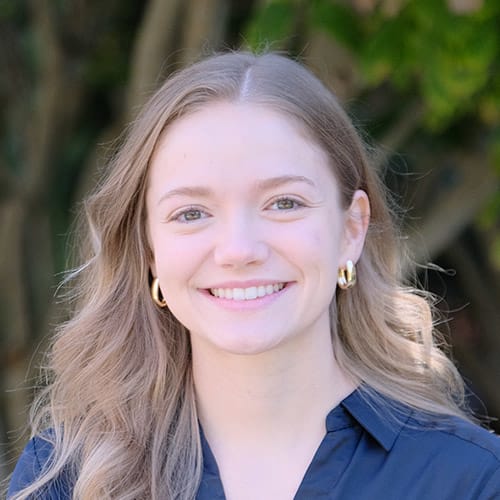About Senior Health
Explore senior health articlesAbout Senior Care Options
Explore senior living articlesAbout Finances & Legal
Explore finances and legal articlesAbout Products for Seniors
Explore products for seniorsAbout Senior Health
Explore senior health articlesAbout Senior Care Options
Explore senior living articlesAbout Finances & Legal
Explore finances and legal articlesAbout Products for Seniors
Explore products for seniors

Even if you’ve hired assistance, caring for an aging parent or loved one at home is challenging and can take a toll on everyone involved. If you’re beginning to think about other long-term care options, such as assisted living, chances are you’re wondering how to cover the expense of it all. Fortunately, for families with connections to the military, the Department of Veterans Affairs (VA) offers veterans and their surviving spouses benefits and programs that can help cover the associated costs.

Our free tool provides options, advice, and next steps based on your unique situation.

Our advisors help 300,000 families each year find the right senior care for their loved ones.
U.S. Department of Veterans Affairs. 2022, October 21). VA pension benefits.
U.S. Department of Veterans Affairs. (2022, October 12). VA Aid and Attendance benefits and Housebound allowance.
U.S. Department of Veterans Affairs. (2022, November 29). 2023 Veterans disability compensation rates.
U.S. Department of Veterans Affairs. (2022, November 29). 2023 VA pension rates for veterans.
U.S. Department of Veterans Affairs. (2022, October 12).Eligibility for Veterans Pension.
U.S. Department of Veterans Affairs. (2022, October 12). VA Survivors Pension.
A Place for Mom. (2022). A Place for Mom Family Survey.
American Council on Aging. (2022, December 7). Benefits & eligibility for the Aid & Attendance, Housebound & Basic Pensions for veterans & surviving spouses.
U.S. Department of Veterans Affairs. (2022, November 29).2023 VA Survivors Pension benefit rates.
U.S. Department of Veterans Affairs. (2023, February 15).Residential Settings and Nursing Homes.
U.S. Department of Veterans Affairs. (2023, January 25). Get help from an accredited representative.
The information contained in this article is for informational purposes only and is not intended to constitute medical, legal or financial advice or create a professional relationship between A Place for Mom (of which OurParents is a trademark) and the reader. Always seek the advice of your health care provider, attorney or financial advisor with respect to any particular matter and do not act or refrain from acting on the basis of anything you have read on this site. Links to third-party websites are only for the convenience of the reader; A Place for Mom does not recommend or endorse the contents of the third-party sites.